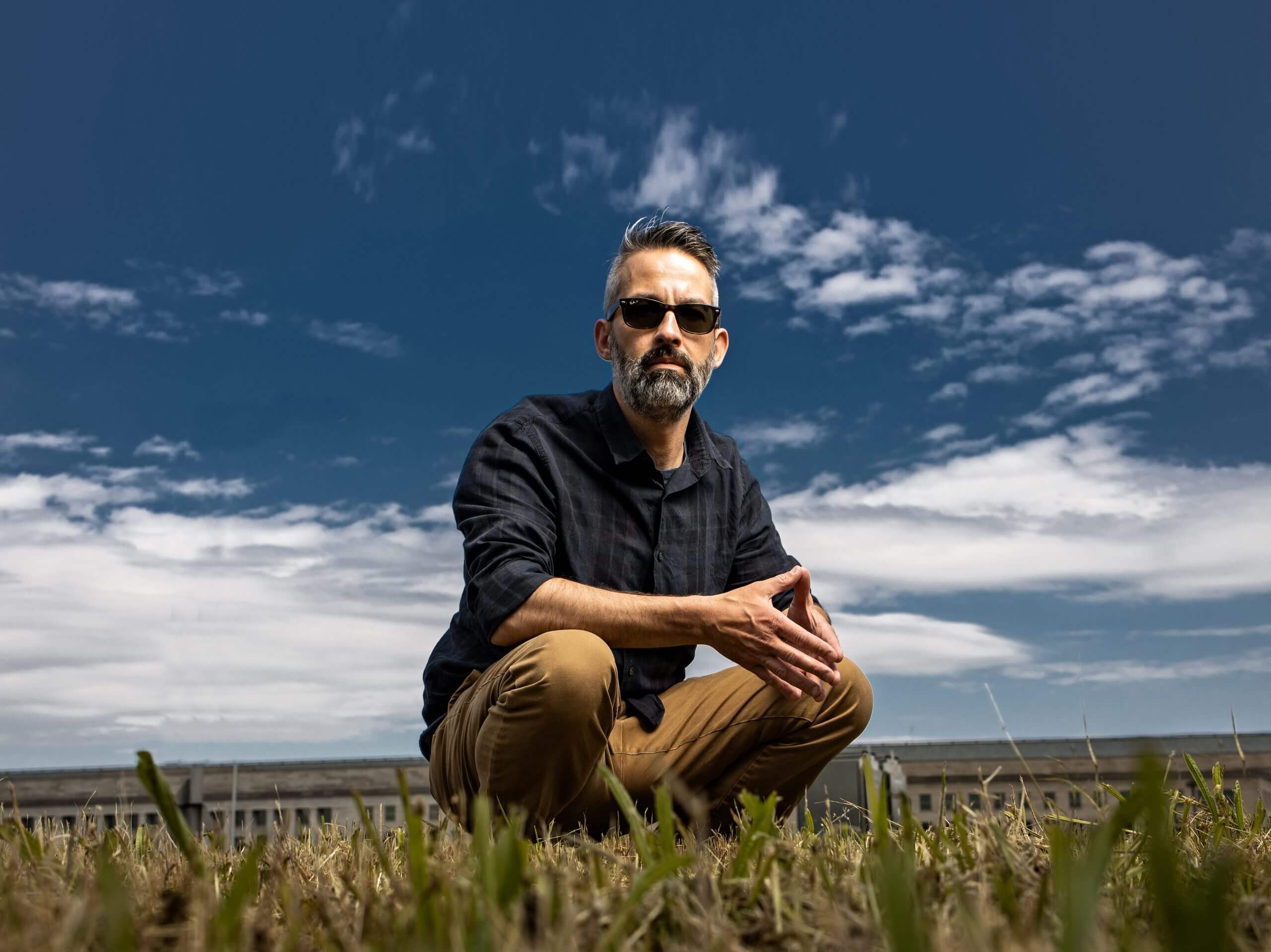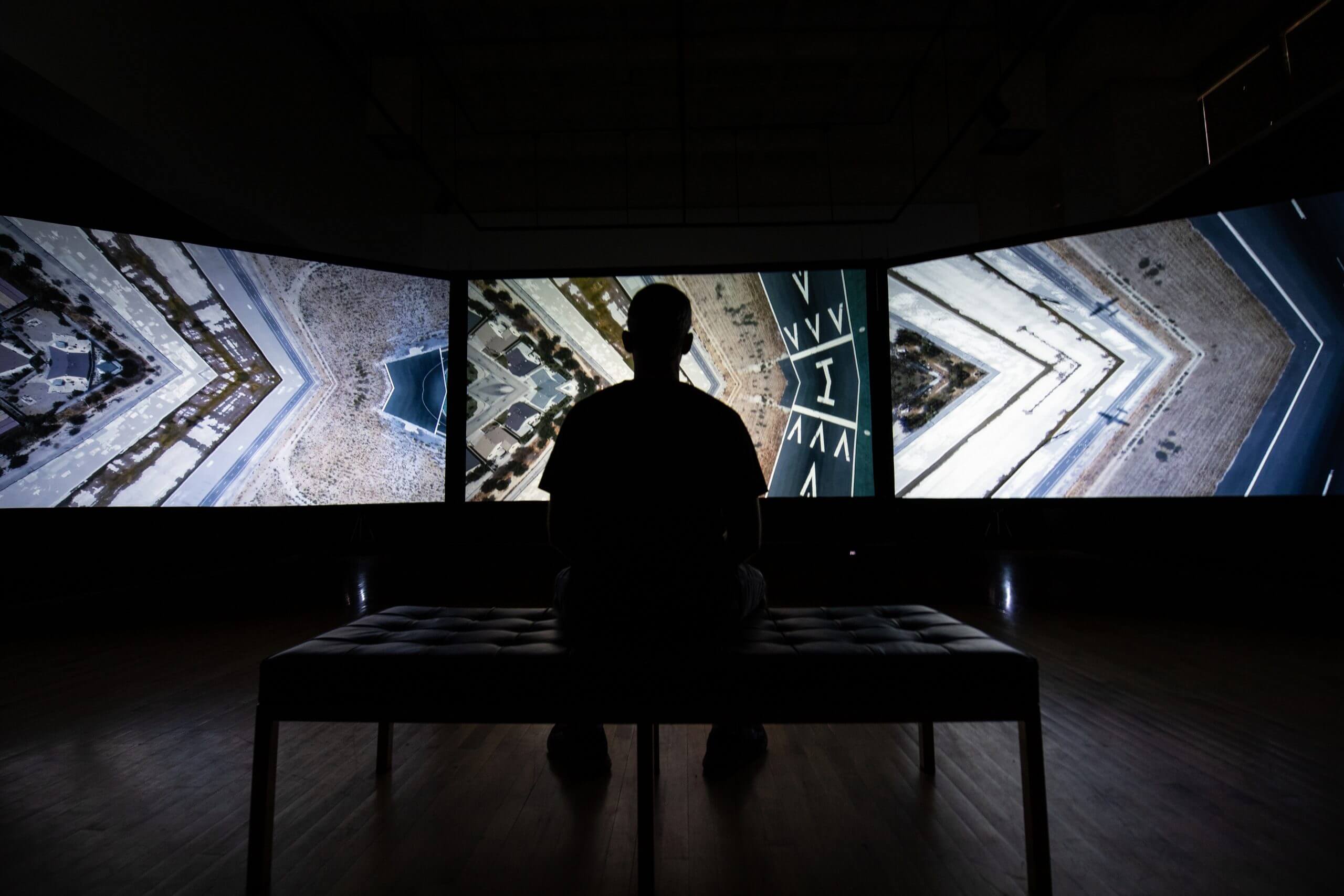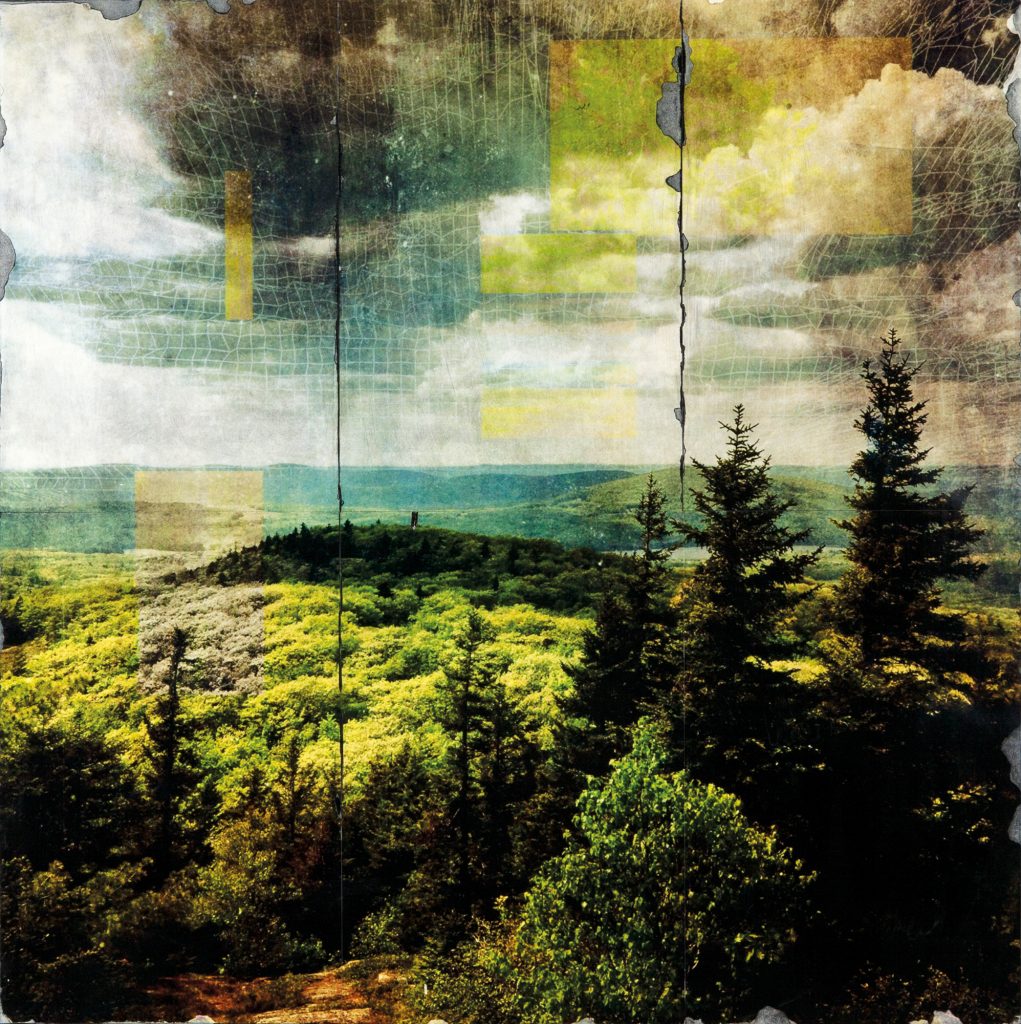An Interview with Curator Taras Matla

Taras W. Matla is the Associate Director of the University of Maryland (UMD) Art Gallery. Born in Los Angeles, he took his undergraduate degree in Printmaking at California State University before attaining an MA in Aesthetics and Politics from the California Institute of Arts. He previously worked at the Los Angeles County Museum of Art and the J. Paul Getty Trust. During his tenure at UMD, he has established the Visiting Artist Lecture-Project (VALP) to enable mid-career artists to collaborate with the university, its gallery and students.
His next project will be to oversee the release of The Skinwalker Ranch Series 2010-2016, an archival collection of 1,500 digital images collected by photographer Chris Bartel while working in security operations at the secluded, mysterious desert site.
FRONTRUNNER meets Matla to recount his past, his transition from LA to Maryland, and his experiences during the pandemic.

Photo credit: Jonathan Thorpe
I spend the first moments of most of these interviews explaining to people how my name is pronounced. It’s nice to be talking to you today as someone, I can imagine, who has to overcome a similar obstacle in their interactions.
Yeah, for sure. With my name, I’m likely to be the first and last “Taras” people meet. My parents are Ukrainian, but the name comes from Greek. There was a time when the Ottoman Empire extended out that way and so many Greeks settled around there and there’s a lot of Greek heritage in Ukraine now. So, I guess it comes from that mixing of cultures. I’m LA, born and raised, though.
Your formative years were spent in the area around LA, but you’ve since moved. What did you take from that Californian education?
Early on, I was a graphic design major. I went down that route because when your parents want you to be an artist, they want you to find a slightly more sensible way to realise that. It was a happy compromise, and it did give me a good view into the commercial aspect of the art world. But, I took a few printmaking courses as electives early on and really loved the process of making this print from beginning to end and really being your own boss across the whole thing, so I decided to go all in on that for my undergrad. My second passion was art history, so I then filled my remaining electives with that to get a foundational background for the rest of my career.
How about those first jobs working in LA? What has that given you to take onwards?
It was an exciting time to work at the county museum because I was in the prints department with this store of old master prints that I could pull out and appreciate. To be so close to those precious objects and to work with some great curators on shows. It’s an experience that opens a lot of doors in the contemporary art world – being up close with blue chip artists and having those one-on-one conversations where you get to see how creators of that stature manage to remain so humble. Someone like, say, John Baldessari who passed away at the start of this year. I worked on a show of his work in 2010 with Leslie Jones and from that, I saw John as an influence on my own work. He looked at how institutions can move forward and allow artists to feel out a range of art and really push the envelope. This has allowed me to have a really exciting journey over the past two decades jumping between hardcore museum practice and direct work with artists. Now, I can see what the needs of those artists are and make the projects I work on with them more meaningful for an audience.
After such a long time in California, how did it feel to wind up in Maryland?
My wife works in international relations, and she got a job with the Department of State. I was quite happy to be something of a trailing spouse. I had enough experience and connections that I could always find an art museum wherever we went. So, we came to DC and I started to get to know that scene from the ground. An opportunity appeared at UMD around 2013 which I applied for and now, seven years later, I’m running the gallery!

Here and Now: Recent Acquisitions (2019)
University of Maryland Art Gallery
Photo credit: Jonathan Thorpe
You’ve been very actively making changes at UMD since you arrived – what did you perceive needed changing when you started?
When I arrived, the gallery was a very good museum, but one of its shortcomings was that it was too traditional and predictable. It didn’t have the sort of programming that could bring it into the 21st century and bring in experiences from outside of the gallery walls or draw on class contemporary talent. So the major thing I did was establish the VAL/P visiting artists project in 2015, which allowed me to see which artists were doing really interesting work and explore ways to get the students involved in that. We would bring an artist in to introduce their work to the students through a lecture and then we would task the students with preparing proposals for how that work might be presented in an exhibition at UMD. The artist then comes back in the spring semester to work with the students on that. We’ve had artists like Kim Schoenstadt, Christine Nguyen and Rachel Hayes come in on this, and I’m really keen to broaden the scope of the programme. We worked with Carlos Martiel last year, a performance artist, so that really pushed the students to think beyond the requirements of an art studio.
What do you see as the role of university museums like yours when it comes to the wider art conversation?
I think museums often lose sight of their core constituency. At UMD, we’re not a tourist attraction: we’re right next to DC, so really we have to be able to offer something different [versus] a place like the Smithsonian. With that in mind, I took a step back and thought about our core constituents in Maryland. Of course, there’s the students and the university faculty, but I also wanted to look at people living locally. Looking at the census, I found there’s a high proportion of African American and Latinx people living in the area. We had exhibitions addressing the former, but little-to-zero dealing with Latin art. Through this, I started to work on programmes that would involve and be representative of those local communities. The area is also 50% women, so that gave me another clear mandate with which led to the annual Art+Feminism event we hold in March to train student editors on improving coverage of cis and transgender women, non-binary people, and feminism in the arts on Wikipedia.
What’s changed for you with the advent of COVID-19?
A lot has changed. In my leadership role, it became clear as we headed into quarantine that it was my duty to maintain that high level of programming, even if people cannot physically visit the space. In crises like this, though this is unprecedented, I often turn to UMD alumni and indeed, they often turn to us. This led to an exhibition with video artist Jonathan Monaghan after a show in Moscow was cancelled. We were able to create links on our website to allow people to stream his work on their devices and we quickly formulated an exhibition theme surrounding ideas of pandemic and dystopia. It ended up coming off a bit like a Netflix of fine art.

Lia Halloran: Double Horizon (2019)
University of Maryland Art Gallery
Photo credit: Jonathan Thorpe
Any other particular interests you’ve been able to pursue during the shutdown?
Obviously my family – my wife and two daughters are the centre of my universe and that is now more immediate than ever.
In terms of professional interest, though, I’ve had an opportunity to explore my personal fascination with UFOs. The subject has been gaining traction since late 2017 when the New York Times published a piece about a $22m project funded by the Pentagon to try and figure out what all those UFO sightings are all about. I think it speaks a lot to our current situation in the pandemic. We operate on a certain established history and knowledge base, assuming things are a certain way. To find out otherwise – say, that there’s a higher intelligence that might be manipulating, directing or interacting with society – would be a major, major shift. The pandemic has been something of a dry run for how people react to major shifts in information and what it does to challenge our morality. So I’m currently working on an exhibition based around the subject of UFOs. Thanks to the credence it’s been given by major media outlets, it’s become a more valid area of study recently. I’m really interested in the work of abstract expressionist Budd Hopkins. There hasn’t really been a full museum retrospective of his work and little has been made of the fact that, as well as being a major artist, he was also a UFO researcher interested in abduction. I think a lot curators don’t really know what to do with that aspect, but I think now is a great moment to encourage more scholarship and coverage of Hopkins and reconcile those two worlds of his.









Responses